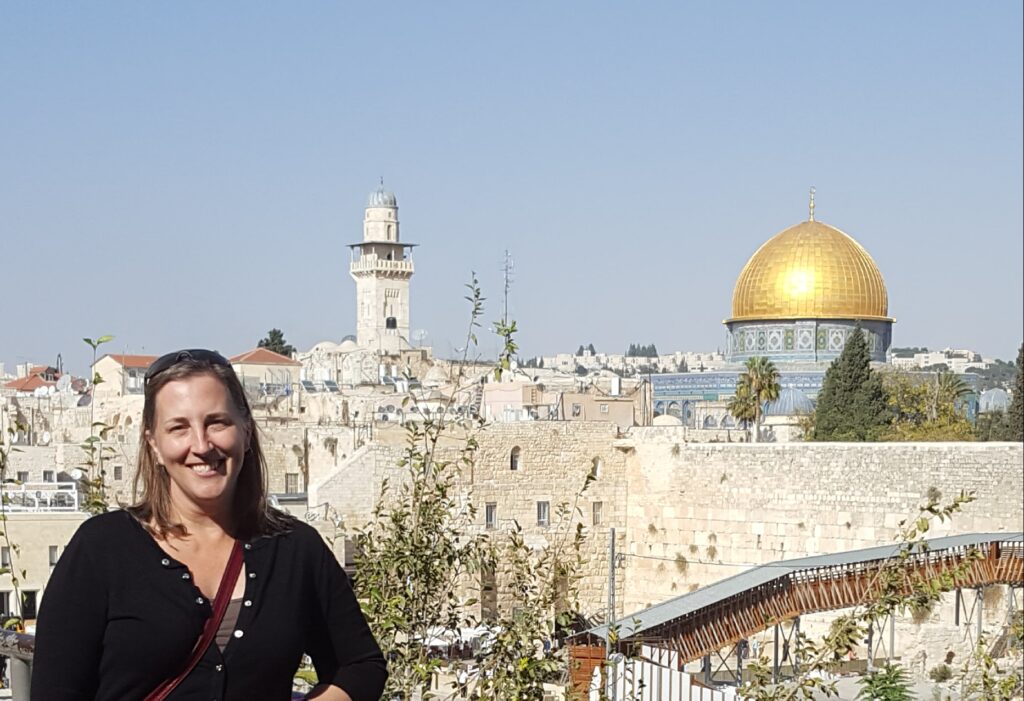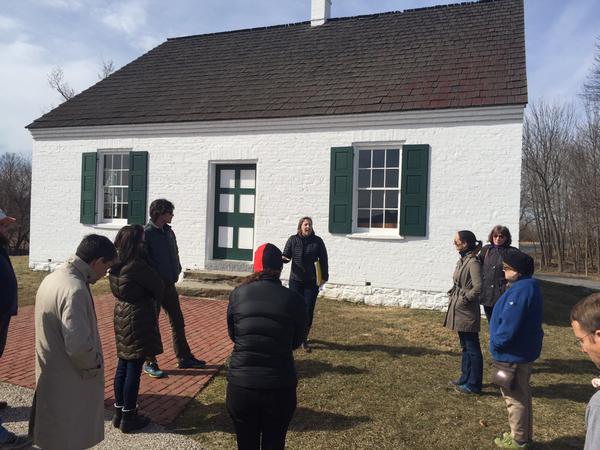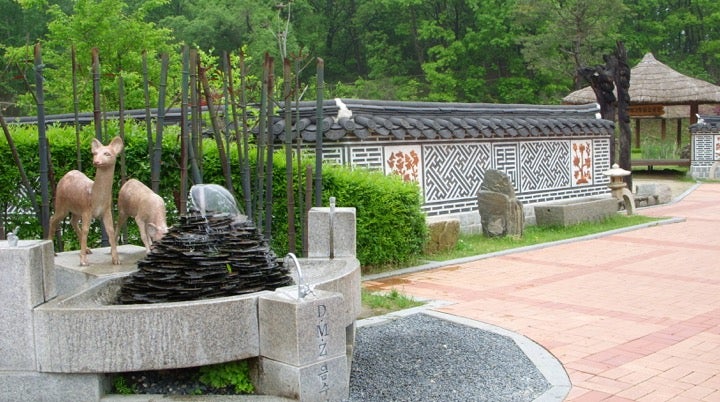
Specializations
Environmental History
Military History
Asian History, focus on Korean History
Education
Ph.D., University of Kansas
M.Ed., Montana State University, Billings
M.A., University of Sydney, Australia
B.A., University of New Mexico
Professor Lisa M. Brady, a New Mexico transplant native to Colorado, arrived at Boise State in 2003, happy to see mountains again after six years as a flatlander (and doctoral student) in Kansas (which is lovely in its own way). Since moving to the City of Trees, Brady has enjoyed collaborating with students, faculty, and the broader community, sharing her perspectives and expertise as an environmental historian and learning from their experiences and insights. From 2011 through 2013, Brady served as the associate editor for the scholarly journal Environmental History and as its editor-in-chief from 2014 through 2019. Almost concurrently, she served on the board of the Idaho Humanities Council (2010-2017), where she had the privilege of working with libraries, museums, and other organizations across Idaho to promote and support humanities programs across the state. Her research focuses on war and environment, examining the ways military activities–during peace time and in times of conflict–shape and are shaped by the natural environment. When she’s not teaching, writing, or otherwise engaged in historical analysis, Brady likes to read (anything and everything), hike, visit with family and friends, and–perhaps most especially–hang out with her cat.

As editor in chief of Environmental History, Brady had the opportunity to visit universities in cities around the world. In October 2017 she gave a presentation at Hebrew University in Jerusalem, after which she got a tour of the old city.
Contact
Office: L193
Phone: (208) 426-4309
lisabrady@boisestate.edu
Spring 2025 Office Hours:
Thursday: 2:00 – 4:00 pm and by appointment
Teaching
The Practice of History
War and Environment

Brady led a field trip to Antietam National Battlefield for participants at the American Society for Environmental History annual conference in April 2015; here, she is talking about issues of weather and terrain in front of the Dunker Church, a major landmark associated with that Civil War battle.
Graduate Students
Selected Scholarship
War upon the Land: Military Strategy and the Transformation of Southern Landscapes during the American Civil War. (University of Georgia Press, 2012)
“Sowing War, Reaping Peace: UN Resource Development Programs in the Republic of Korea, 1950-1953” Journal of Asian Studies (April 2018)
“Nature as Material Culture: Antietam National Battlefield” with Timothy Silver for War Matters: Essays on the Material Culture of the American Civil War, ed. Joan Cashin (University of North Carolina Press, 2018)

The Korean DMZ is one of the most militarized places on Earth, but is also a tourist destination. This image, taken by Brady during her last visit to South Korea in 2016, shows how the South Korean government wishes to highlight the DMZ’s function as a nature preserve, despite its continued status as a war zone.